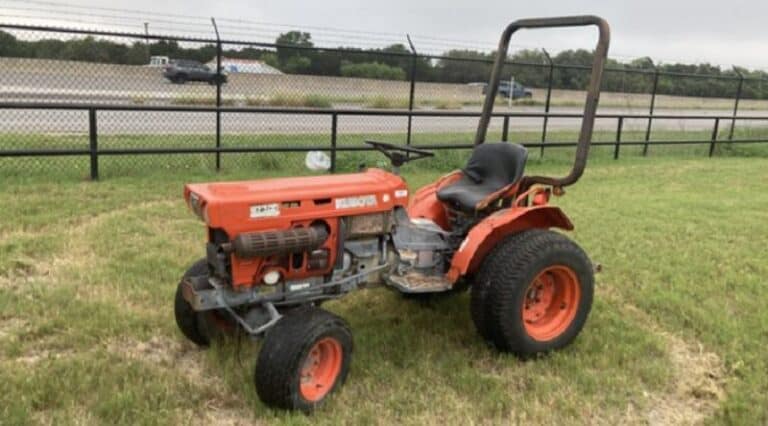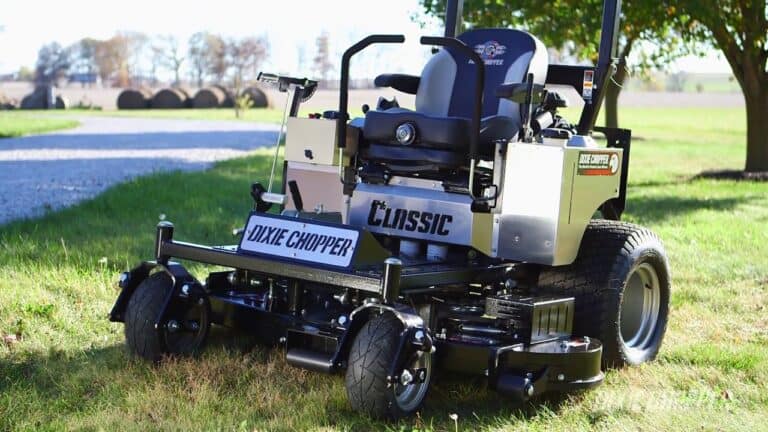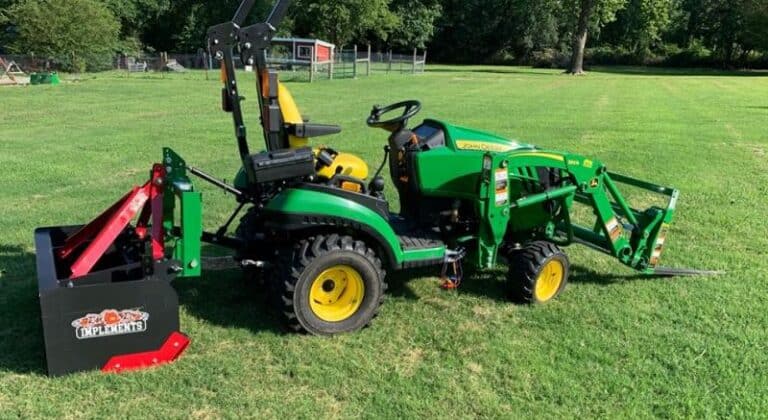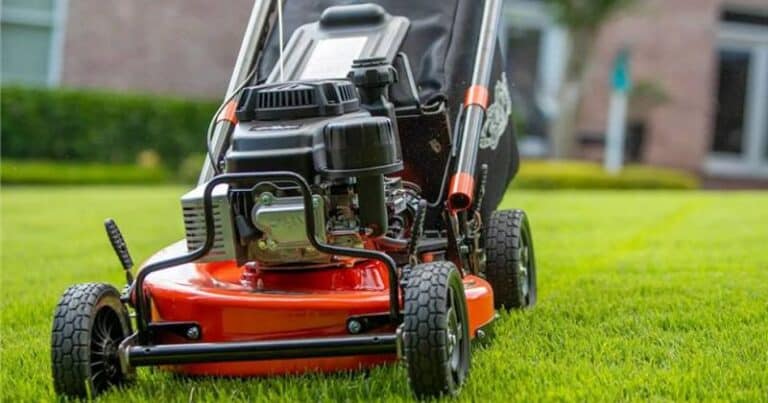How To Protect Your Fence From Weed Eater
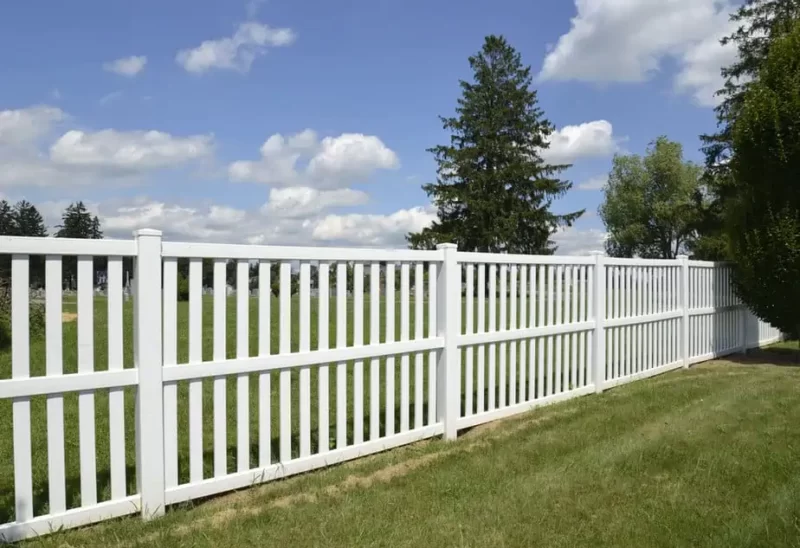
If you don’t appreciate spending time manually removing weeds and other undesirable vegetation, a Weed Eater is a worthwhile investment for maintaining your boundary line. Unfortunately, when the Weed Eater gets near sufficient to the fence to clear the weeds, it often also hits the railing or gate pillars.
Using a Weed Eater too often on any surface, but especially on wooden wall framing, might eventually compromise the fence’s stability. You may buy rigid fence guards designed to prevent damage to the bases of fence posts, or you can create your own out of materials in a hardware shop.
This manual will inform you in a few different ways. Have a look at these.
Safeguarding Fence-In Posts
Some commercially available items, such as four-wheel post guards, may shield the posts from damage during lawn maintenance. In addition, there are post protectors that cover just one side and others that cover the whole post.
To begin, clean the area surrounding the post’s foundation.
Set the shield in a straight line with the foundation.
Fasten the fence guards to the wooden posts utilizing pins or bolts.
This may serve as protective fencing around the lower sections of a wire fence, shielding them from the reach of weed whackers.
Fence post protectors are necessary only if your fence is made of wood, vinyl, or other materials that weed whackers may easily damage. Then, occasional weeding is all that’s required.
Guarded with Galvanized Pipe
A corrugated pipe installed at the fence’s base will prevent damage from weed eaters. Tubes made with corrugated metal are sturdy, won’t rust, and won’t fracture under pressure. The same components used to manufacture standard piping drains are also used to construct these.
Polyethylene ribbed piping, or Metal pipe, is the common name for these conduits. Cutting off the tip at one end and putting the remains through the other is sometimes necessary. However, you may also have them with a hole solely on a single side. In order to conceal the pipes, you may be required to trim down 3 to 4 inches of their length.
Coating the apex of chain-link barriers with this pipe serves a similar purpose. To put it another way, this will dull the blades so that no one gets wounded.
For Added Style and Security
The fence posts might be safeguarded by installing porcelain if the additional expense is manageable. In addition, tiles may be installed beneath the fence on either side.
This will help keep the area surrounding the fence clear of weeds and other undesirable vegetation. The use of weed eaters is also prohibited in that area. In addition, you won’t have to worry about weeding up against the fence. This means that the weed wacker won’t be able to damage your wall.
There will be no requirement for the tiles to be wider than 6 inches. Furthermore, building sealants may be used in place of cement to secure tiles to the surface.
Last but not least, color them an emerald drab or indigo blue to blend in with the verdant surroundings of your landscape.
The Use of Flashlights for Safety
When working on a roof, you’ll want to use thin metal for the best results. A typical function for flashing is to shield fence posts from damage.
Don’t bother responding to their posts; just knock them up. You might also choose to protect the impacted areas merely. Thanks to the sun reflecting off their sparkling textures, you’ll be more aware of your surroundings when trimming close to the fence.
And if all that flashing is overwhelming for you, you can bury them with the barrier when you do your annual spring cleaning. Also, after weeding, gather all the weeds, wrap them into a neat tiny wrap, and store them away.
Take Care Not to Weed into the Fence
We may do far less harm to the fence if we take precautions and pay attention to it while we mow. For example, you may avoid damaging the fence or pillars by pointing the trimmer’s edges downwards.
Likewise, taking it easy will prevent damage to nearby buildings and preserve flora of interest. Some kinds of farm equipment can throttle down while cutting the grass gradually. You may extend the life of your cutter by doing both of the things listed previously.
Last but not least, weeding the area by hand surrounding the fence may be a time-consuming task. We are confident, however, that we can maintain the barrier’s integrity.
Incorporating Weed killers
Spraying pesticides along the perimeter fence is also another efficient method of weed control. You may expect a successful weed removal process if you schedule at least two or three sessions yearly.
Thus, you won’t have to worry about bringing the weed eater too close to the fence. There will be no harm done to the fence as a result.
Managing Wisely
There will be fewer fences, trees, and other structural failures if you take your time when utilizing a Weed Eater. To trim your line more slowly, you may reduce the power on many models or just don’t hold the trigger as hard.
To avoid accidentally cutting into a wooden post when trimming weeds at the soil surface, slant the tool downward as you near the poles. The trimmer rope has a much longer lifespan when you stay away from buildings. You may always use the tried-and-true approach of hand-cutting the clip around the sides in a pinch.
Frequently Asked Questions
How can I keep the elements out of my PVC fence?
Weed eaters may easily cut through a PVC fence. Wrapping a wooden fence protector around the post’s base will prevent it from being damaged. If you want to preserve your PVC fence from the elements, you may do it with piping and ceramic tiles for decoration.
How can I protect the base of my fence?
Typically, the bottom gaps may be obstructed by a wood, vinyl, or steel fence. Unlike solid fences, the bottom of chain link fencing is often visible.
Old tires, cement walls, wire mesh fence blades, a second garden wall, a planter container placed directly at the front, etc., may all be used to cover the gap at the base of my fence.
What’s the best way to mulch close to a fence?
Before you can bury around the fence, you need to get rid of the weeds on both edges. You should be alright if you give yourself a foot on either side. Then, space out boulders every 3-7 feet to keep the weed-blocker or landscaping fabric in position.
You can now put down mulch up to the fence. Mulches should be applied to a depth of between 2 and 4 inches to conceal the cloth completely.
Is there any risk of destroying a vinyl fence with a weed whacker?
Vinyl fences are vulnerable to being harmed by weed eaters. To put it simply, a vinyl barrier is a fence constructed from polymeric products. They’re no fit for sharp steel swords.
Conclusion
Knowing how to shield your fence from a weed whacker might prevent its premature deterioration.
The fence’s continued existence will also improve our yard’s visual appeal. Keeping the fence clear of weeds and other undesirable vegetation also can prevent such plants from taking over the yard.
To maintain the fence in good condition and working order, however, you need to follow the fundamental procedures outlined above. Remember that the fence may cause harm to the weed wacker, just as the weed wacker can cause harm to the fence.
Furthermore, this may cause additional costs down the road.
You can also read:


